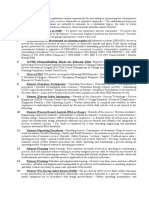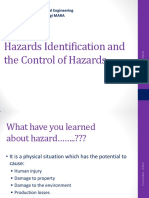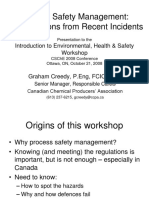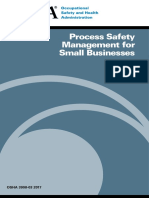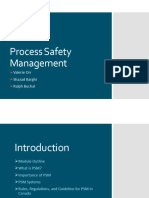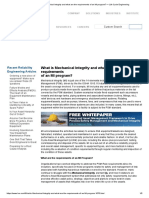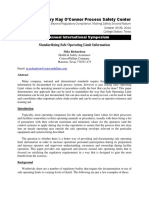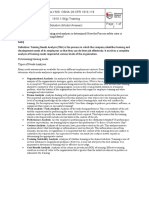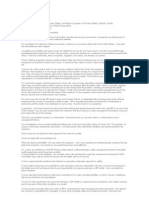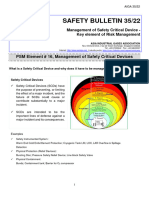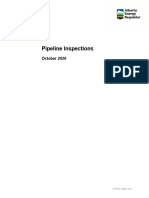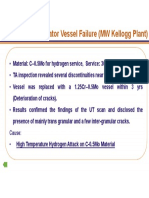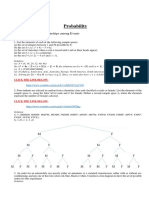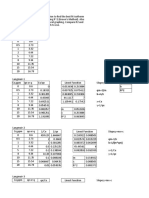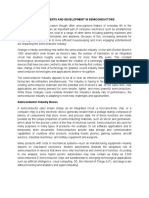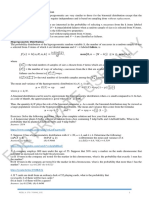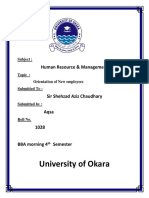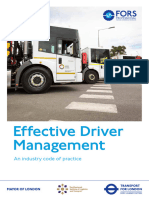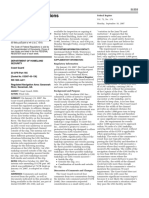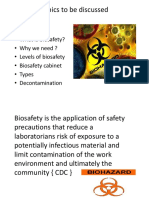0% found this document useful (0 votes)
285 views8 pagesIntroduction of PSM
Process safety management (PSM) is a regulation that requires organizations to implement management standards and systems to identify, understand, and monitor process hazards in order to prevent accidents and incidents. PSM investigates all procedures involving extremely dangerous chemicals. It includes 14 elements such as process hazard analysis, operating procedures, employee participation, and process safety information. Effective PSM ensures senior managers are accountable for process safety and address resource priorities between safety, development, and costs.
Uploaded by
Frendick LegaspiCopyright
© © All Rights Reserved
We take content rights seriously. If you suspect this is your content, claim it here.
Available Formats
Download as PDF, TXT or read online on Scribd
0% found this document useful (0 votes)
285 views8 pagesIntroduction of PSM
Process safety management (PSM) is a regulation that requires organizations to implement management standards and systems to identify, understand, and monitor process hazards in order to prevent accidents and incidents. PSM investigates all procedures involving extremely dangerous chemicals. It includes 14 elements such as process hazard analysis, operating procedures, employee participation, and process safety information. Effective PSM ensures senior managers are accountable for process safety and address resource priorities between safety, development, and costs.
Uploaded by
Frendick LegaspiCopyright
© © All Rights Reserved
We take content rights seriously. If you suspect this is your content, claim it here.
Available Formats
Download as PDF, TXT or read online on Scribd
/ 8


